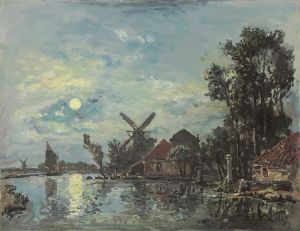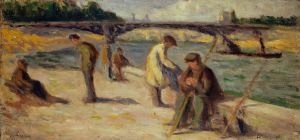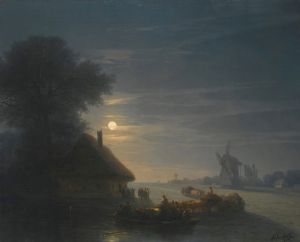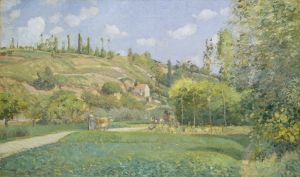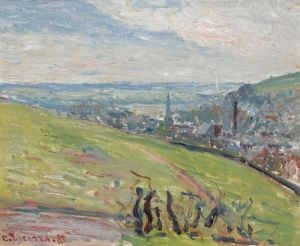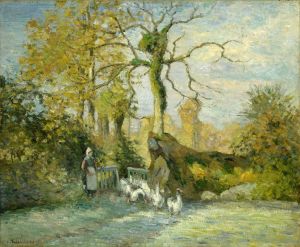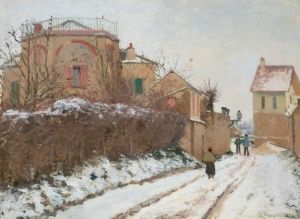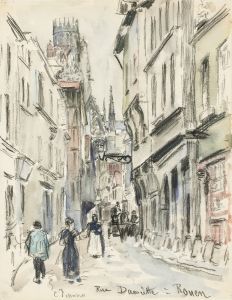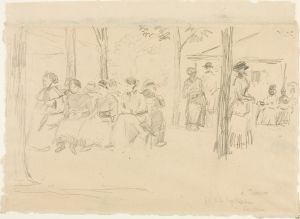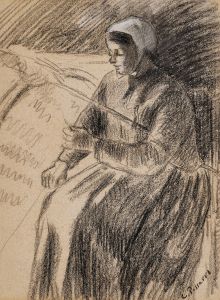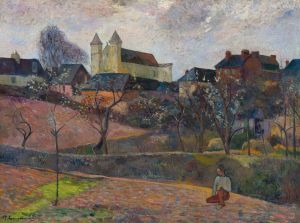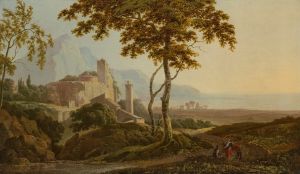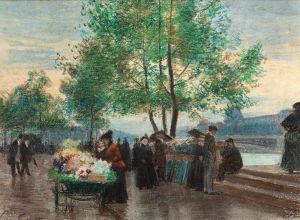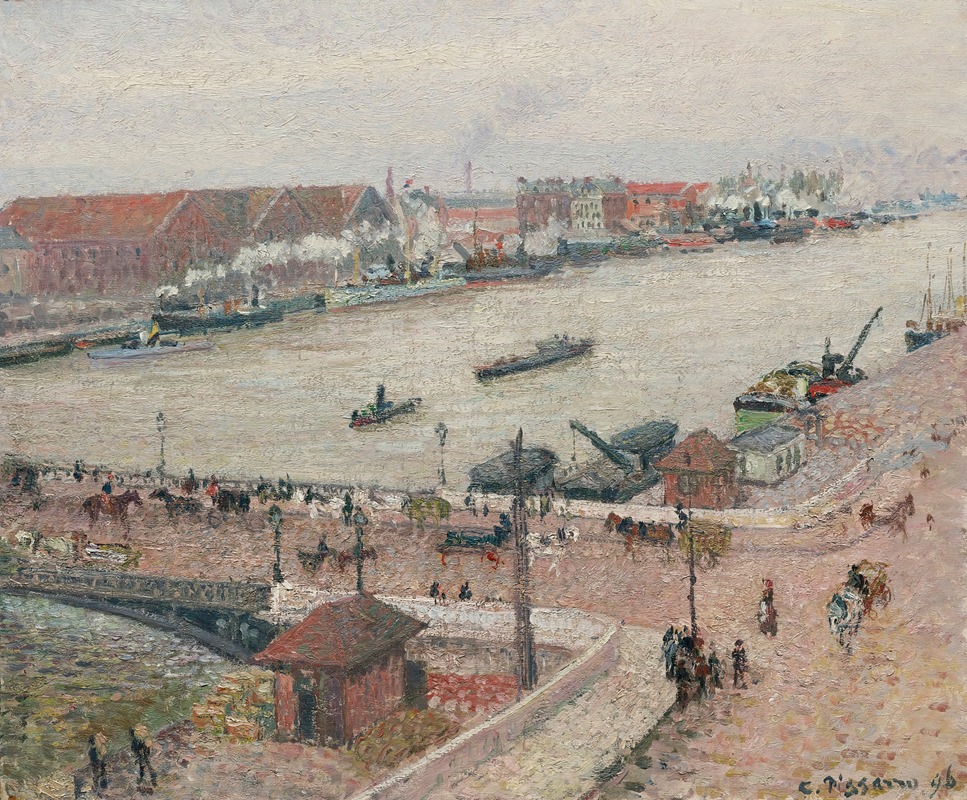
Crue De La Seine, Pont Boieldieu, Rouen
A hand-painted replica of Camille Pissarro’s masterpiece Crue De La Seine, Pont Boieldieu, Rouen, meticulously crafted by professional artists to capture the true essence of the original. Each piece is created with museum-quality canvas and rare mineral pigments, carefully painted by experienced artists with delicate brushstrokes and rich, layered colors to perfectly recreate the texture of the original artwork. Unlike machine-printed reproductions, this hand-painted version brings the painting to life, infused with the artist’s emotions and skill in every stroke. Whether for personal collection or home decoration, it instantly elevates the artistic atmosphere of any space.
"Crue De La Seine, Pont Boieldieu, Rouen" is a painting by the French Impressionist artist Camille Pissarro. Created in 1896, this artwork is part of Pissarro's extensive exploration of urban and rural landscapes, showcasing his mastery in capturing light, atmosphere, and the daily life of his surroundings.
The painting depicts the Pont Boieldieu, a bridge in the city of Rouen, France, during a flood of the Seine River. Rouen, located in the Normandy region, was a frequent subject of Pissarro's work in the 1890s. The city, with its industrial activity, bustling streets, and historic architecture, provided a rich source of inspiration for the artist. In this particular piece, Pissarro focuses on the interplay between the natural elements of the river and the man-made structures of the bridge and surrounding buildings.
Pissarro's technique in this painting reflects his Impressionist style, characterized by loose brushwork, a focus on light and color, and an emphasis on capturing the transient effects of weather and atmosphere. The muted tones and soft palette convey the overcast sky and the reflective surface of the water, evoking the mood of a rainy or misty day. The composition includes the bridge as a central element, with the surrounding urban landscape and the rising waters of the Seine framing the scene.
This painting is part of a series of works Pissarro created in Rouen, where he often painted from hotel rooms or other elevated vantage points to capture panoramic views of the city. His Rouen series is notable for its documentation of the city's transformation during the late 19th century, as well as its exploration of modernity and industrialization.
"Crue De La Seine, Pont Boieldieu, Rouen" is housed in the Musée d'Orsay in Paris, France. The museum, renowned for its collection of Impressionist and Post-Impressionist art, provides a fitting home for this work, which exemplifies Pissarro's contribution to the movement. The painting is appreciated for its historical and artistic significance, offering insight into both the natural event of the Seine's flooding and the broader context of urban life in 19th-century France.
Camille Pissarro (1830–1903) was a central figure in the Impressionist movement and is often referred to as the "father of Impressionism." His works encompass a wide range of subjects, including rural scenes, urban landscapes, and portraits, all characterized by his innovative approach to light, color, and composition.





